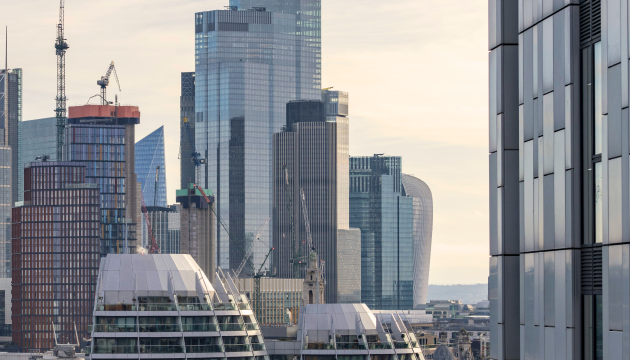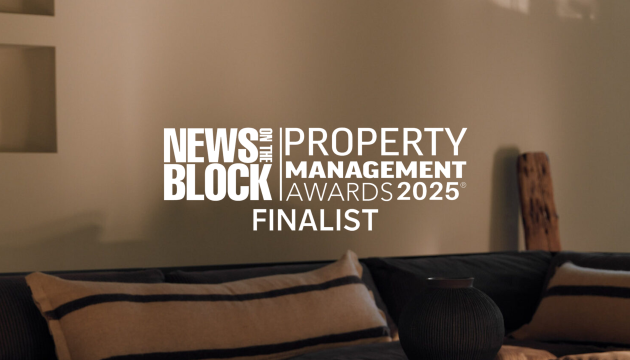Cement and concrete industry’s emissions have doubled in 20 years. New data reveals emissions increased from 1.2 to 2.6 billion metric tonnes between 2002 and 2021. That’s 7% of annual emissions.
The growth of the sector’s emissions can be attributed to its physical and financial growth – particularly with the sharpest expansion recorded in China. China now accounts for around half of global production.
As developers face calls to scale up low-carbon schemes and reach net zero – what are some radical solutions?
Here are three pioneering materials seeking to remould the building fabric of the future.
HEMPCRETE
The hemp plant is one of the fastest-growing renewable resources: it takes four months to grow and can be harvested in perpetuity. It has little or no demand for water, chemicals or fuel.
When mixed with lime and water, hemp fibres create a concrete-like material, but lighter, stronger, and biodegradable.
Lime releases 80% less carbon than traditional cement, while more atmospheric carbon is locked away in hemp for the lifetime of the building than used it its production and use. Hempcrete is a “better-than-zero-carbon material”.
As a building material it is damp-free, chemical-free, provides flexibility to the structure plus extraordinary thermal performance. The interior of hempcrete buildings remain at a near constant temperature with little demand on heating and cooling systems.
MYCELIUM
Mycelium is the vegetative state or root structure of mushrooms. The great recyclers of the earth, they can thrive off the toxins in a cigarette butt as well as the world’s most noxious, radioactive chemicals. We are only just beginning to unearth their potential – particularly as building materials.
Mycelium brick is in early development stage. Its compressive strength is only around 30 psi, dramatically less than concrete’s 4000 psi. Though it cannot support nearly as much weight, it is much lighter: a mushroom brick weighing only 43 kg/m³ vs. a 2,400 kg/m³ concrete equivalent. Mycelium’s low density makes it very useful as an insulator and other non-load bearing structures. It can be used in a composite board (Myco-board), used much like MDF without the dangerous formaldehyde when sawn.
Because mycelium is naturally self-extinguishing and air purifying at the same time, it actually removes carbon from the atmosphere and becomes even stronger in the process.
It is 100% biodegradable, massively reducing a building’s embodied and operational carbon footprint.
ADAPTAVATE
UK start-up, Adaptavate, are world leaders in carbon-negative building. Their pioneering materials are ecologically regenerative – built on the formula Nature + Science = Superior Performance.
In nature, waste in non-existent. Adaptavate are replicating that continuous cycle in the construction world – on an industrial scale for the mainstream industry.
Adaptavate’s technology is a direct alternative to plasterboard, the third most-used building material in the world. In the UK, it is responsible for 3.5% of the country’s annual emissions.
Their new plasterboard – BreathaBoard – is made from agricultural waste and a lime-based binding agent that absorbs CO2. The approach eliminates the need for gypsum, an emissions-intensive material that is used to make most of the basic construction material available today.
Their end product is carbon-negative and has superior performance:
- Anti-mould
- Fire-resistant
- Multi-purpose (for walls, ceilings, floors)
- Acoustic insulation
- 100% compostable
- Hassle-free installation
- Lower fuel bills – with superior thermal performance
Featured Stories & Insights
 17th November 25
17th November 25
Lessons Learnt from 2025 | by Zac Goodman
The market shifted (again), expectations changed (again), and the way people use space evolved in...
Read More 10th November 25
10th November 25
From Vauxhall to Value: How Aldgate Became London’s Charity Heartland
TSP’s Jonathan shares his perspective on why Aldgate has become the go-to destination for London’s...
Read More 30th October 25
30th October 25
Five Commercial Property Trends for 2026
As 2025 comes to a close, the UK commercial property market has been shaped by...
Read More 13th October 25
13th October 25
TSP Named Finalist at the 2025 Property Management Awards
LONDON, 13th October 2025 – TSP has been shortlisted for Boutique Property Management Company of...
Read More 1st October 25
1st October 25
Greener Offices for Charities
Sustainability has moved from being a “nice to have” to an essential requirement for charities,...
Read More 29th September 25
29th September 25
Community in The Office: Why does it matter?
The Spaces to Places: Voice of the Customer 2025 report makes one thing clear: people...
Read MoreView all